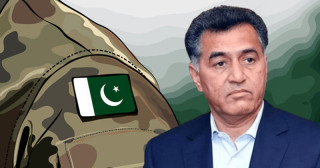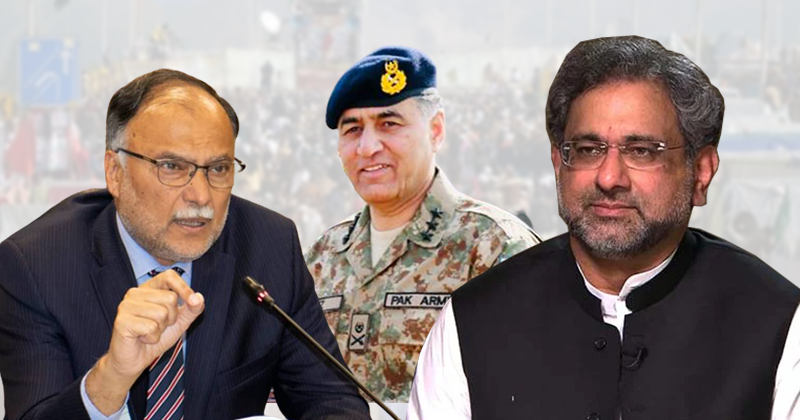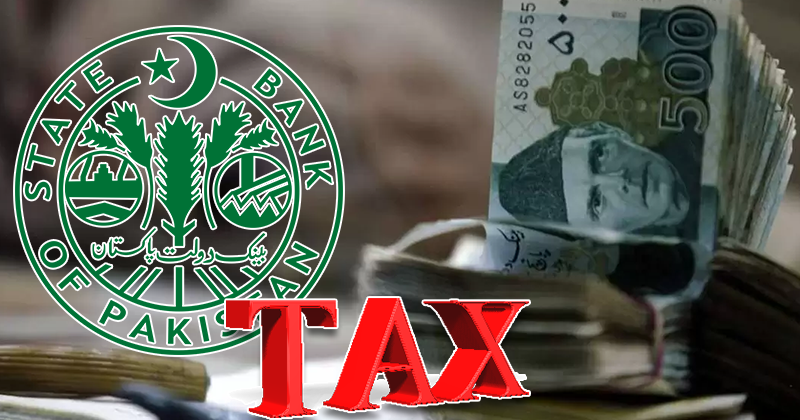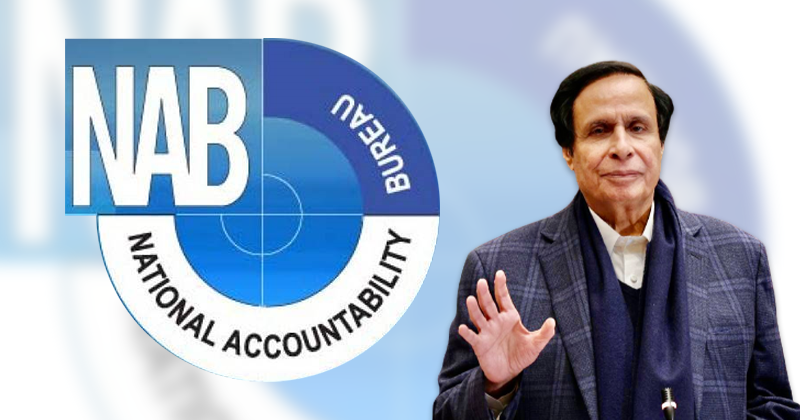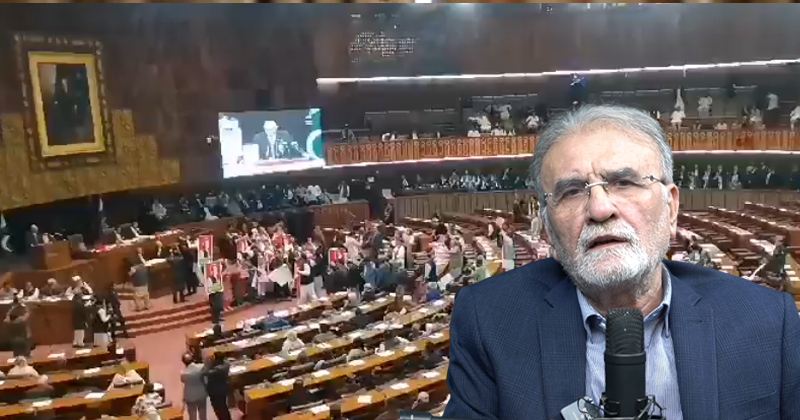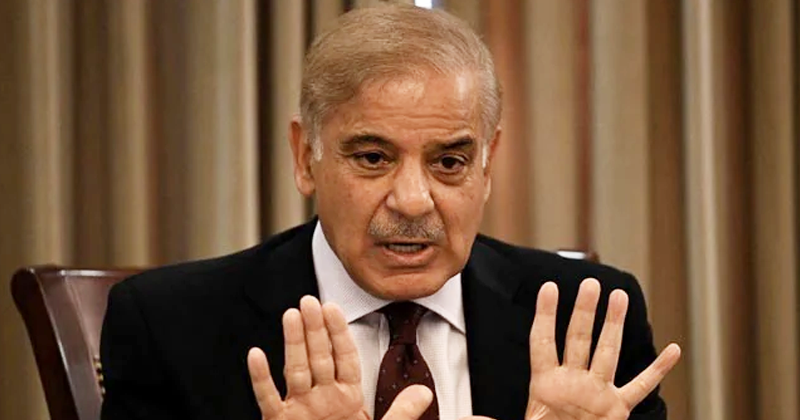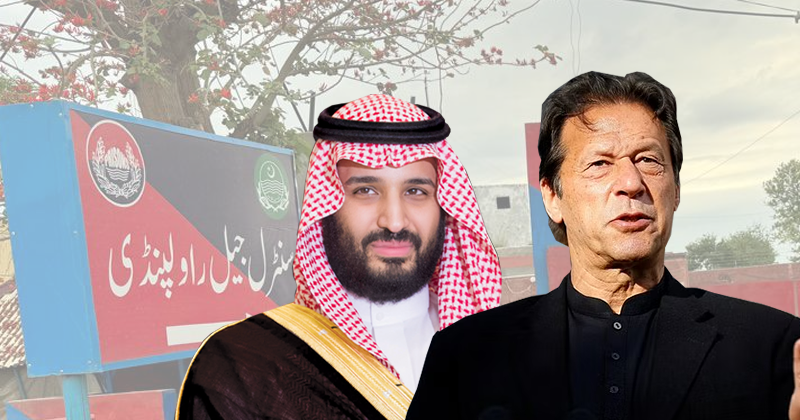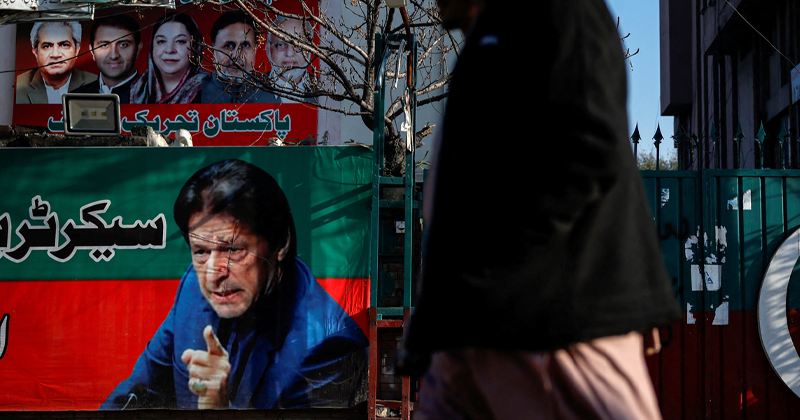There has been no official confirmation of the numbers of troops each nation has deployed, but reports have suggested that the PLA has sent multiple advanced weapon systems and refitted fighter jets for operation in high altitude areas of the Tibetan plateau.
The Indian army, too, has moved several battalions from an infantry division usually based in the Ladakh city of Leh, near the border, to “operational alert areas” along the frontier, and reinforcement troops have been brought in.
Hong Kong-based military expert Liang Guoliang said Beijing had deployed at least nine combined arms brigades – with specialities including mountain infantry, artillery, air defence, aviation, chemical and nuclear, and electronic warfare – to Tibet Military Region, a PLA district dedicated to border disputes with India.
[
, with troops from the two nations involved in fist fights and stone-throwing in the Galwan River valley between Ladakh in Indian-administered Kashmir and China-administered Aksai Chin.
Border conflicts between China and India escalated in 2017, when Indian troops and the PLA staged their most serious confrontation, over China’s construction of a road in Doklam near a tri-junction border area known as Donglang or Donglang Caochang in Chinese, territory that is claimed by both China and Bhutan, an ally of India.
Since the Doklam stand-off, the PLA has expanded its arsenal, sending weapons such as the Type 15 tank, Z-20 helicopter, attacking GJ-2 drone and PCL-181 advanced vehicle-mounted howitzer to the Tibetan plateau, according to reports this week by Global Times, the nationalist Chinese tabloid affiliated with People’s Daily, mouthpiece of the ruling Communist Party.
On Monday, China’s state-run broadcaster CCTV reported that a PLA scout unit had in recent days mobilised towards a target in the Tanggula Mountains at an altitude of 4,700 metres (15,420 feet) using night vision devices on their vehicles to avoid drone surveillance.
According to satellite images, China’s troops have begun expanding the country’s airbase in Ngari Gunsa in Tibet, about 200km (124 miles) from Ladakh. The images also showed that the PLA had deployed its J-16s – multi-role fighter jets – to the dual-use military and civilian airport.
“The J-16s were supposed to be deployed to Ngari Gunsa for regular training, but like the J-11s and other fighters, they stayed there because of the stand-off,” a military insider said.
“The Indian air force has deployed more aircraft to the borders, so the PLA needs to deploy the J-16s, which are more advanced than India’s Su-30MKI fighters.”
Beijing military expert Zhou Chenming said video clips in 2017 and this week were aimed at warning the Indian military that the PLA was raising its capability.
“China has kept deploying ungraded and new weapons, including aircraft like the Z-20 helicopter, J-10C and J-11, to altitudes of up to 5,000 metres above sea level on the Tibetan plateau for training and testing,” Zhou said.
“But those are just warnings to show the PLA’s capability, not really aimed at waging war with Indian troops, because Beijing realises that India is not China’s real enemy – despite the United States’ attempts to bring India into its Indo-Pacific strategy to counter a rising China.”
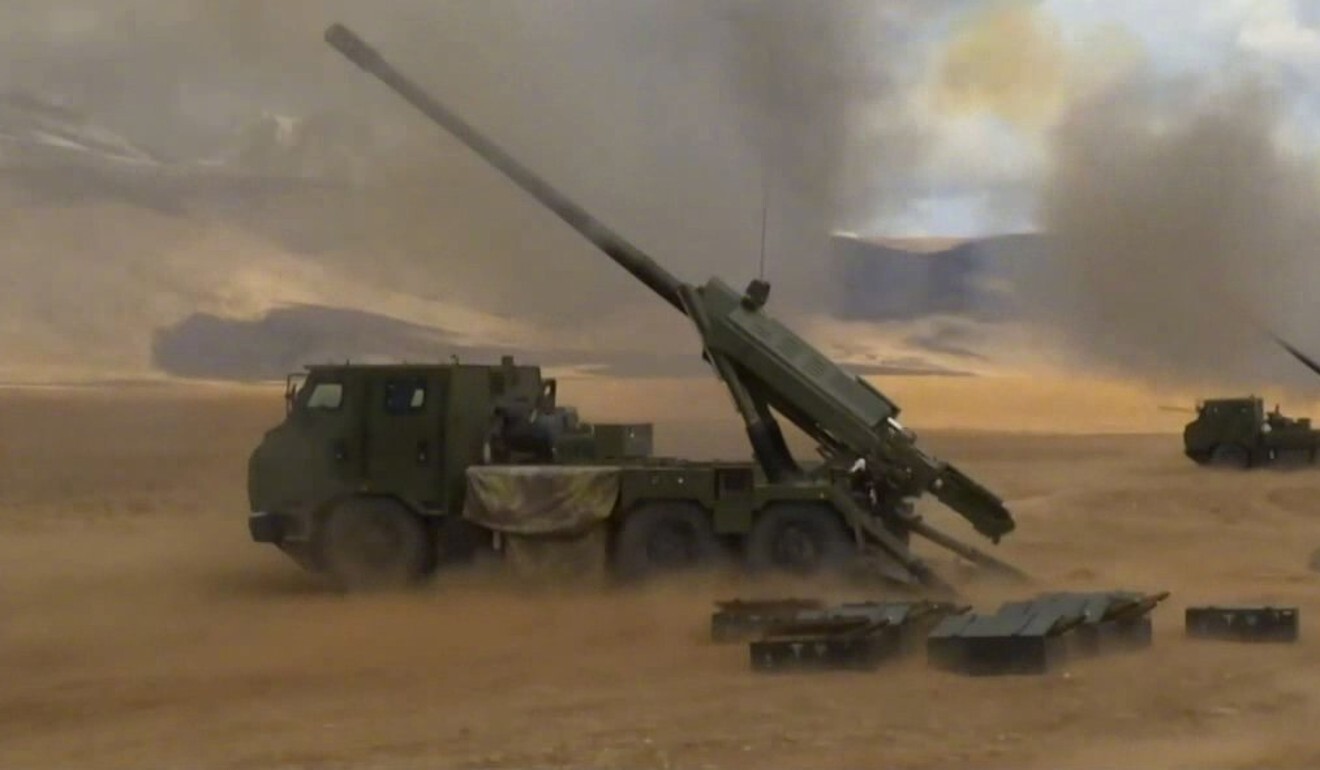
The PCL-181 advanced vehicle-mounted howitzer is among the weapons China has sent to the Tibetan plateau. Photo: Handout
Zhou claimed that the PLA had kept its troop numbers at 70,000 along the 3,488km (2,167-mile) frontier between China and India, while Indian troops numbered up to 400,000.
However, Rajeswari Rajagopalan, a defence analyst from the Observer Research Foundation think tank in New Delhi, said India had fewer than 225,000 troops along the border.
“According to the most recent estimates from experts at MIT [Massachusetts Institute of Technology], China has 230,000 to 250,000 troops in its Western Theatre Command,” she said, referring to the PLA joint command that includes Tibet and Xinjiang.
“It should be noted that a lot of those Indian forces are not facing China, and a significant number of them are for counter-insurgency purposes,” Rajagopalan said. “The Indian troops are not actually on the border, and India faces significant difficulties in getting forces to the border because of the mountainous terrain.”
Liang, the military observer in Hong Kong, said that there should be fewer than 40,000 of China’s regular army troops at the border, but that China could bring reinforcements to Tibet from the neighbouring provinces of Qinghai and Gansu, or even Xinjiang and Sichuan, within one day when necessary.
Rajeev Ranjan Chaturvedy, anther New Delhi defence expert, said the friction between the two countries had stemmed from India’s suspicion about China’s increasing infrastructure investment near the disputed borders.
“Chinese infrastructure is bigger and better. As China develops and continuously improves its strategic access, it wants others not to do so,” he said.“However, India is determined to improve accessibility to border areas and it does not need approval from Beijing to develop its own border infrastructure.”
Get the China AI Report 2020, brought to you by SCMP Research. Learn about the AI ambitions of Alibaba, Baidu & JD.com through our in-depth case studies, and explore new applications of AI across industries. The report also includes exclusive access to webinars to interact with C-level executives from leading China AI companies (via live Q&A sessions).
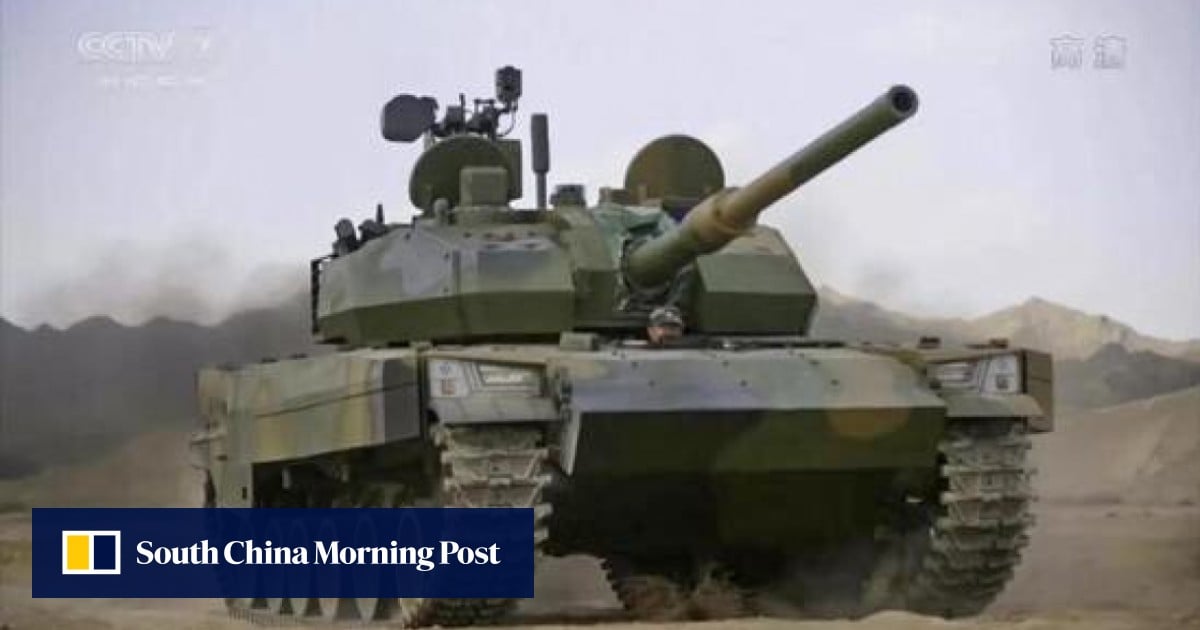
 www.scmp.com
www.scmp.com
The Indian army, too, has moved several battalions from an infantry division usually based in the Ladakh city of Leh, near the border, to “operational alert areas” along the frontier, and reinforcement troops have been brought in.
Hong Kong-based military expert Liang Guoliang said Beijing had deployed at least nine combined arms brigades – with specialities including mountain infantry, artillery, air defence, aviation, chemical and nuclear, and electronic warfare – to Tibet Military Region, a PLA district dedicated to border disputes with India.
, with troops from the two nations involved in fist fights and stone-throwing in the Galwan River valley between Ladakh in Indian-administered Kashmir and China-administered Aksai Chin.
Border conflicts between China and India escalated in 2017, when Indian troops and the PLA staged their most serious confrontation, over China’s construction of a road in Doklam near a tri-junction border area known as Donglang or Donglang Caochang in Chinese, territory that is claimed by both China and Bhutan, an ally of India.
Since the Doklam stand-off, the PLA has expanded its arsenal, sending weapons such as the Type 15 tank, Z-20 helicopter, attacking GJ-2 drone and PCL-181 advanced vehicle-mounted howitzer to the Tibetan plateau, according to reports this week by Global Times, the nationalist Chinese tabloid affiliated with People’s Daily, mouthpiece of the ruling Communist Party.
On Monday, China’s state-run broadcaster CCTV reported that a PLA scout unit had in recent days mobilised towards a target in the Tanggula Mountains at an altitude of 4,700 metres (15,420 feet) using night vision devices on their vehicles to avoid drone surveillance.
According to satellite images, China’s troops have begun expanding the country’s airbase in Ngari Gunsa in Tibet, about 200km (124 miles) from Ladakh. The images also showed that the PLA had deployed its J-16s – multi-role fighter jets – to the dual-use military and civilian airport.
“The J-16s were supposed to be deployed to Ngari Gunsa for regular training, but like the J-11s and other fighters, they stayed there because of the stand-off,” a military insider said.
“The Indian air force has deployed more aircraft to the borders, so the PLA needs to deploy the J-16s, which are more advanced than India’s Su-30MKI fighters.”
Beijing military expert Zhou Chenming said video clips in 2017 and this week were aimed at warning the Indian military that the PLA was raising its capability.
“China has kept deploying ungraded and new weapons, including aircraft like the Z-20 helicopter, J-10C and J-11, to altitudes of up to 5,000 metres above sea level on the Tibetan plateau for training and testing,” Zhou said.
“But those are just warnings to show the PLA’s capability, not really aimed at waging war with Indian troops, because Beijing realises that India is not China’s real enemy – despite the United States’ attempts to bring India into its Indo-Pacific strategy to counter a rising China.”

The PCL-181 advanced vehicle-mounted howitzer is among the weapons China has sent to the Tibetan plateau. Photo: Handout
Zhou claimed that the PLA had kept its troop numbers at 70,000 along the 3,488km (2,167-mile) frontier between China and India, while Indian troops numbered up to 400,000.
However, Rajeswari Rajagopalan, a defence analyst from the Observer Research Foundation think tank in New Delhi, said India had fewer than 225,000 troops along the border.
“According to the most recent estimates from experts at MIT [Massachusetts Institute of Technology], China has 230,000 to 250,000 troops in its Western Theatre Command,” she said, referring to the PLA joint command that includes Tibet and Xinjiang.
“It should be noted that a lot of those Indian forces are not facing China, and a significant number of them are for counter-insurgency purposes,” Rajagopalan said. “The Indian troops are not actually on the border, and India faces significant difficulties in getting forces to the border because of the mountainous terrain.”
Liang, the military observer in Hong Kong, said that there should be fewer than 40,000 of China’s regular army troops at the border, but that China could bring reinforcements to Tibet from the neighbouring provinces of Qinghai and Gansu, or even Xinjiang and Sichuan, within one day when necessary.
Rajeev Ranjan Chaturvedy, anther New Delhi defence expert, said the friction between the two countries had stemmed from India’s suspicion about China’s increasing infrastructure investment near the disputed borders.
“Chinese infrastructure is bigger and better. As China develops and continuously improves its strategic access, it wants others not to do so,” he said.“However, India is determined to improve accessibility to border areas and it does not need approval from Beijing to develop its own border infrastructure.”
Get the China AI Report 2020, brought to you by SCMP Research. Learn about the AI ambitions of Alibaba, Baidu & JD.com through our in-depth case studies, and explore new applications of AI across industries. The report also includes exclusive access to webinars to interact with C-level executives from leading China AI companies (via live Q&A sessions).

China flexing military muscle in border dispute with India
Deployment of Chinese advanced weapon systems is designed to show India the PLA’s capability, expert says, as friction echoes 2017’s confrontation in Doklam.







